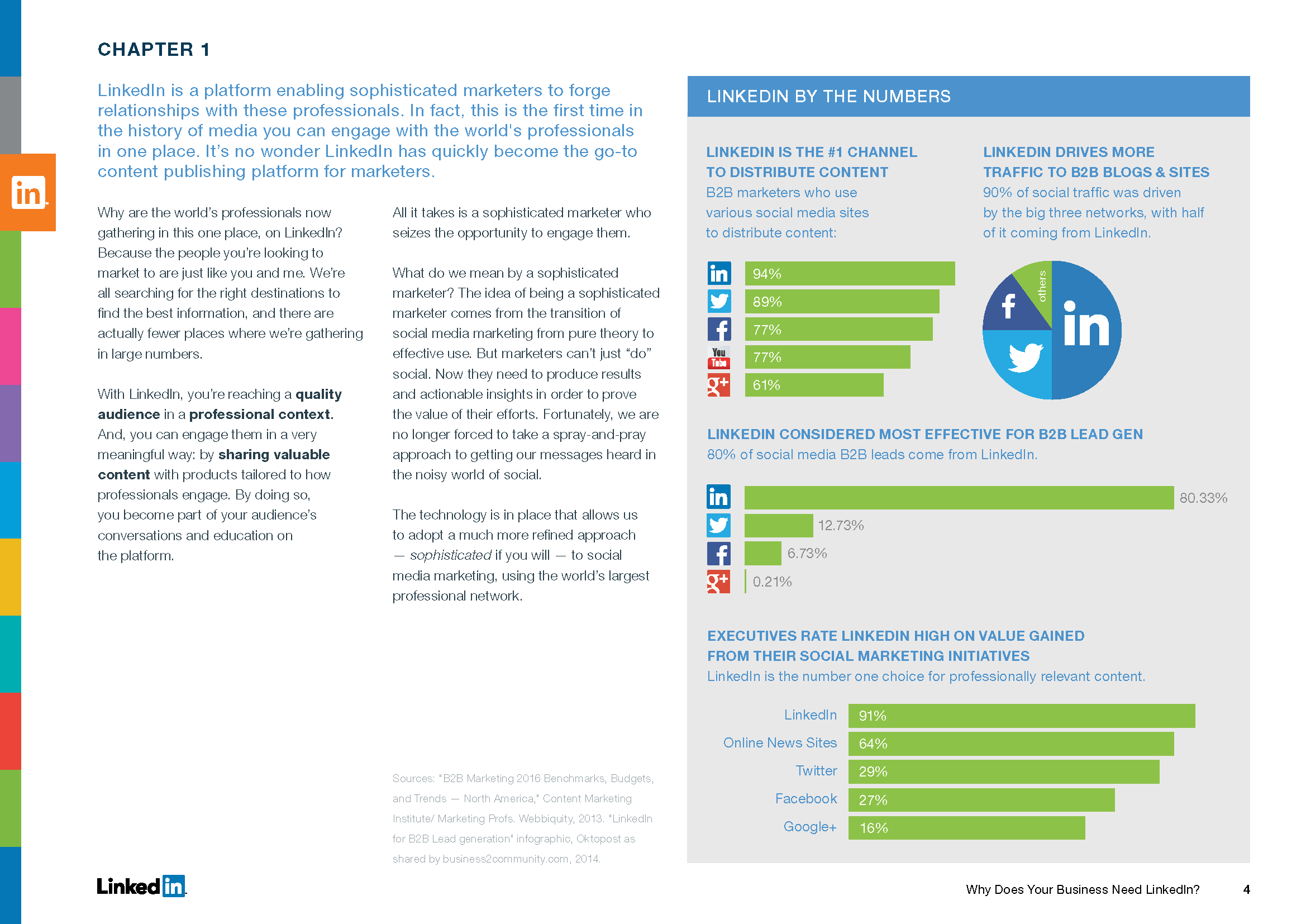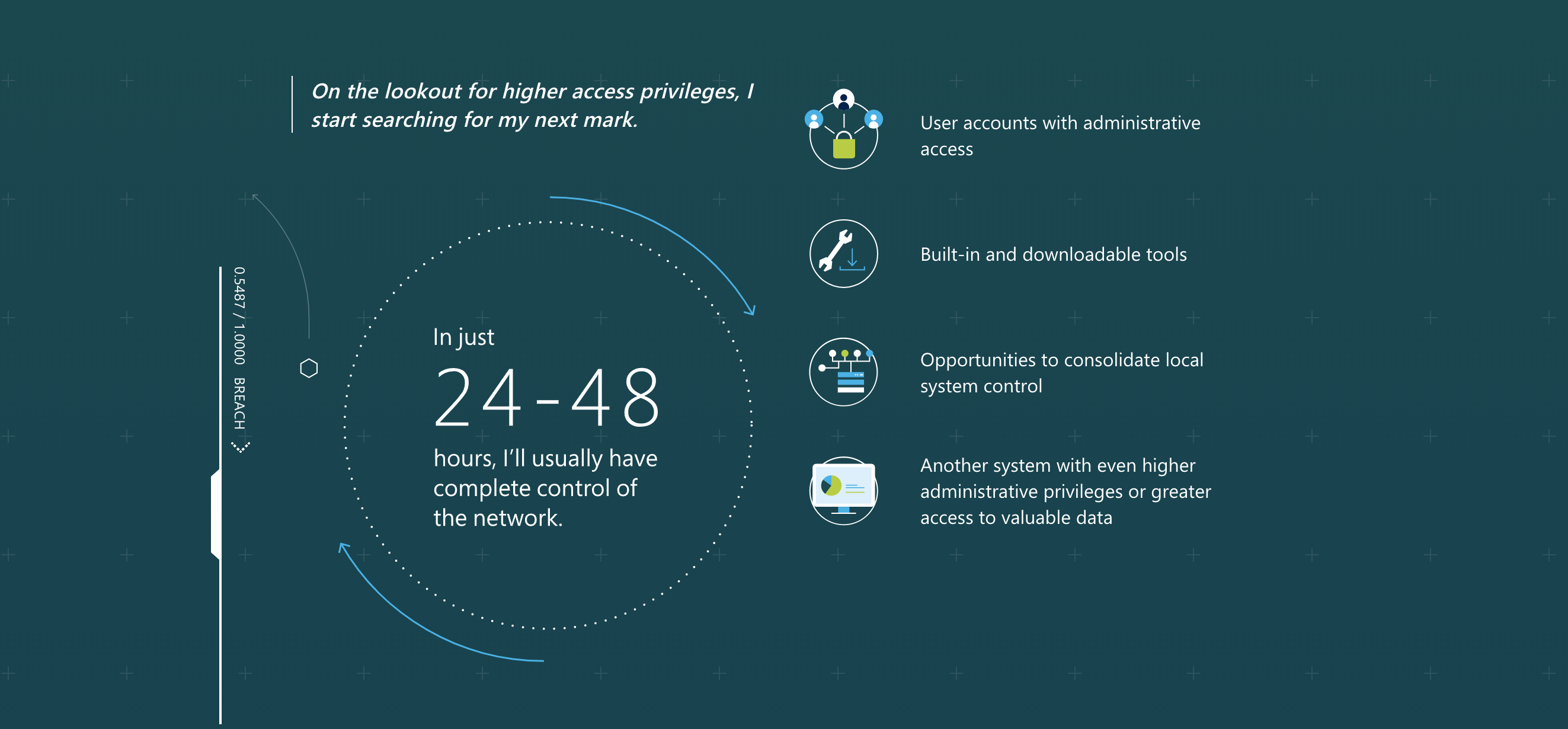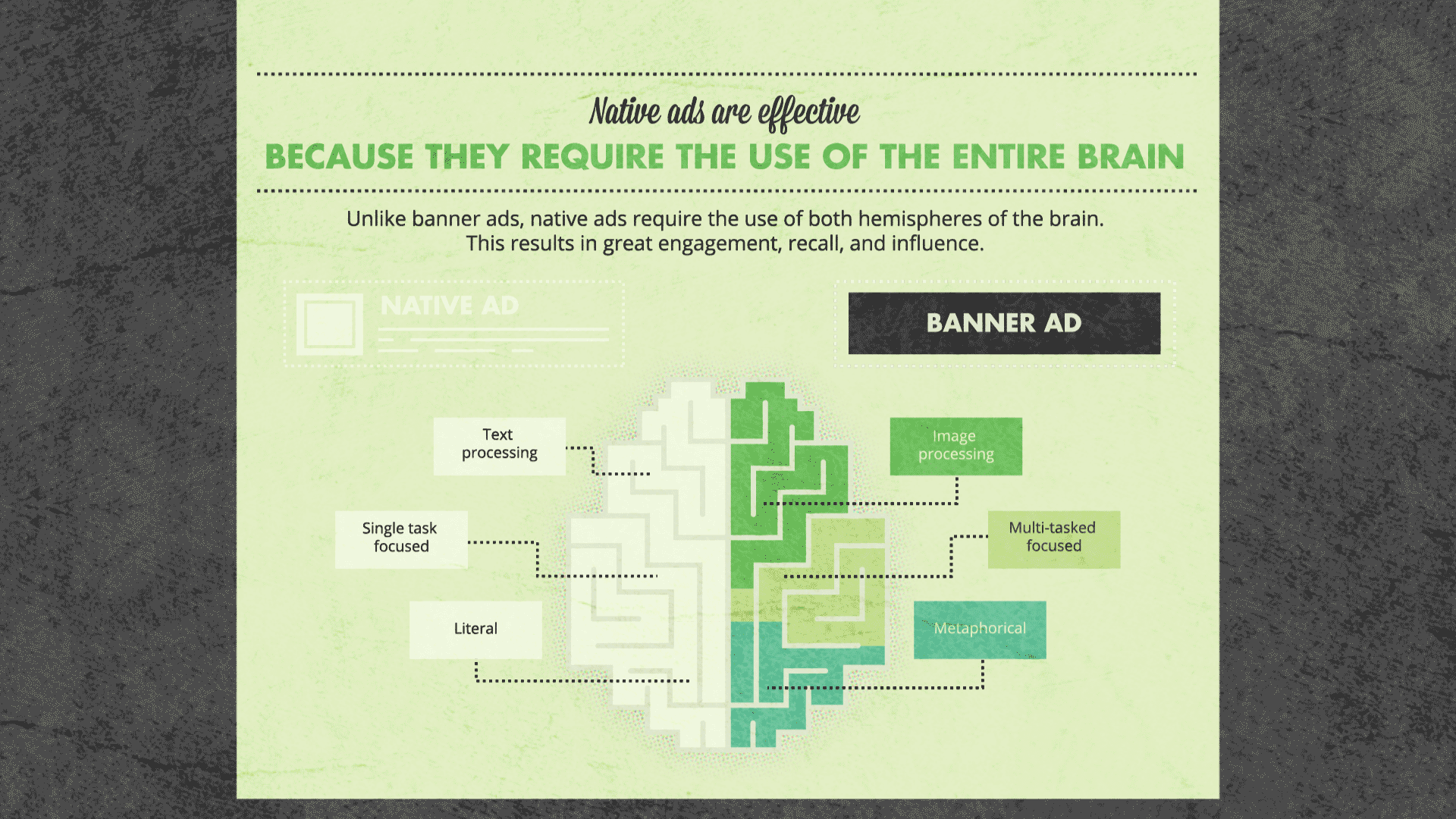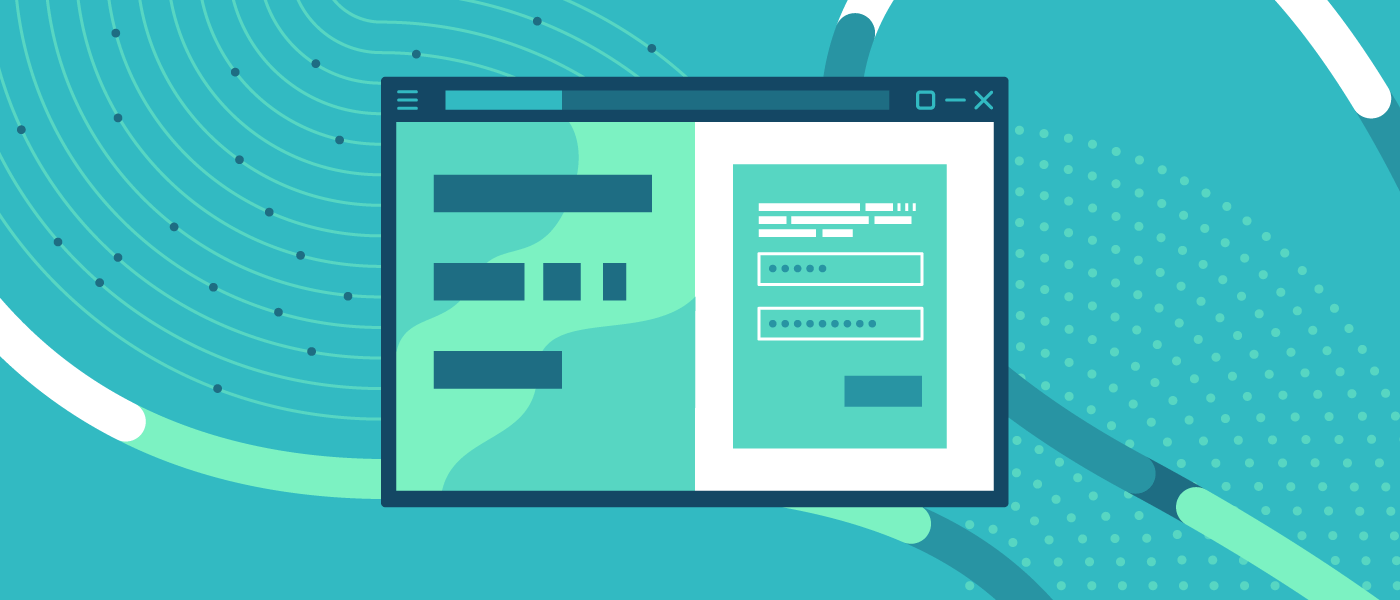Ebooks are fantastic tools for content marketing, which is probably why you probably have at least one (if not a few) gated, generating those sweet, sweet leads around the clock. But while marketing ebooks are great, they also take work to create. From copywriting to design, ebooks require time and resources that many marketers just don’t have.
But what if you could produce an ebook in less time, streamline production, and give your content way more reach? You can. Just repurpose your existing content.
Every content marketer is sitting on an archive full of valuable content that is usually just collecting dust. That content takes many forms, from public-facing content on your blog or website to internal docs circulated among your team. But it can do more work for you than you realize if you simply turn it into an ebook.
8 Types of Content to Turn Into Marketing Ebooks
Repurposing content is a simple, smart, and economical strategy that helps you get more mileage from everything you create. The hardest part of ebook creation is writing and designing something from scratch. But with a little creativity, you can reduce that labor, reuse assets, and create something fresh with a lot less work. (This tactic is also useful if you’re stuck on ideas.)
So, where should you start? Here are 8 types of content you probably already have that can be great fodder for your next ebook.
1) Blog Posts and Articles
This one’s a no-brainer, yet so many marketers don’t take advantage. You probably have a blog full of articles on similar themes or topics. These can easily be packaged into a useful guide or ebook that can provide real value to your audience.
Example: We’ve written about content strategy for years, but we realized we didn’t have a truly comprehensive guide to walk people through the process. So, we reviewed our existing archive of content and built a totally fresh guide based on our many articles. The result was The Ultimate Guide to Content Strategy, a complete guide and downloadable toolkit to help people build a simple, measurable content strategy. It’s one of our most popular pieces of content to date.

2) Infographics
Infographics already have a solid narrative, and they often include data, which always enhances your content. You may have a series of infographics that could be cut up and repackaged into a marketing ebook. Or you can use one as your foundation, then expand more on the subject in an ebook.
Example: The Sophisticated Marketer’s Guide to LinkedIn ebook features data visualizations that could easily be sourced from infographics. Reusing existing designs like this can significantly cut down on production time.

3) Surveys, Research, and Reports
Whether it’s your site analytics or your latest customer survey, anything that contains data is a goldmine for an ebook. (Also, data-based marketing ebooks can draw the attention of publications or publishing partners who want to share it.) If you have great data on hand but aren’t sure what to do with it, follow this guide to find the story in your data if you need a unique angle. If you’re not sure if you have data, here are a few great places to look for internal data.
Example: Blend conducted industry research to find out what the application process looks like in various banking institutions. They turned the resulting insights into a state-of-the-industry report on the keys to a good process, as well as tips to help institutions better serve their customers. This piece of content establishes them as industry thought-leaders and provides their audience with valuable insights.

4) Interactive infographics
Interactive infographics are high-value pieces of content that take even more time to produce than an ebook. If you don’t repurpose that content, you’re not making the most of it. Like infographics, interactives often include a strong narrative or a large data set that may contain new and unique stories.
Example: We collaborated with Microsoft to create the Anatomy of a Breach interactive, which details the stages of a data breach and positions Microsoft’s security solutions as the answer to the problem. Even better, the interactive points to a related ebook that provides more detail into the problem and Microsoft’s products.

5) Presentations
Any time you create a presentation, you are demonstrating your expertise in some way. Don’t let those valuable pieces of communication go to waste. These are particularly easy to turn into an ebook because they tend to follow a narrative flow and feature interesting visuals or data.
Example: We collaborated with Sharethrough to create an interactive ebook that walks you through the science behind native ads. This was a simple way to communicate the information in an engaging way, and cross-promote additional ebooks.

6) Internal Documents
When you create process docs, tutorials, or guidelines for your internal team, you are engaging in the transfer of knowledge. This knowledge is helpful for your own team, but anything that includes instruction or tips would probably be relevant or interesting to others in your industry.
We’ve found internal docs to be a surprising source of great content, and we’ve used them to create useful content for a larger audience.
Example: The training documents we used to use to educate new producers inspired our free ebook, Everything You Need to Know About Visual Content, a comprehensive guide to using visual content in your marketing.
7) Motion Graphics or Brand Videos
Motion graphics, brand videos, or explainer videos are great to convey an idea quickly and succinctly. But there are times when people might need more information. If you’ve covered a certain topic in a video, you might expand on that narrative and supplement it with additional information to create an educational ebook.
Example: After creating a motion graphic to communicate the value of data visualization, we realized we needed to help marketers take the next step to embrace storytelling. Thus, we created the Content Marketer’s Guide to Data Storytelling ebook.
8) Misc. Collateral
As we mentioned before, any piece of communication can become the inspiration for your next ebook. You might have a piece of sales collateral, a webinar, or an interesting podcast Q&A on hand. All of these pieces can be repurposed into an ebook, whether it’s a sidebar, a chapter, or the entire ebook.
Example: We turned a variety of templates we use for our own clients into the Brand Strategy toolkit, a comprehensive guide to build a brand strategy from scratch.

5 Tips to Repurpose Content Into Fresh Ebooks
If you think you have some good content on hand, here are a few ways to spin it into your next ebook design.
- Create a comprehensive guide. If you have a ton of content on the same theme, you probably have enough to spin it into an A-Z guide on the subject. This helps you demonstrate your thought-leadership, and it can also be useful to rank for certain keywords, as search engines love rich, high-value content.
- Choose a specific angle. Sometimes subjects are too broad or generic, in which case focusing on a niche subject relevant to your industry or readers is a smarter move. An ebook on how to provide great customer service might be overdone. But an ebook about how to deliver great customer service on Twitter will resonate with a specific group.
- Consider news and trending topics. If your content is related to an industry trend, popular theme, or something in the news, you may find an interesting angle or tie-in for your ebook—if it’s appropriate. (Follow these tips to make sure you’re newsjacking the right way.)
- Repurpose design assets. If you’re working with visual content, reuse, remix, and repurpose those visual assets to reduce design time and preserve your brand’s visual identity. That includes charts, diagrams, illustrations, or data visualizations. (Avoid these common ebook design mistakes, though.)
- Use the original piece of content to promote your new ebook. You can give your original piece new life by using it to promo the new ebook. You can also break your new ebook into even more assets. (Here’s how to expand its shelf life with a divisibile content strategy.)
Most importantly, keep looking for opportunities to make the most of your content, streamline your process, and improve the quality of your ebooks. For more on how to do that:
- Follow our complete guide to write, design, and promote your ebook.
- Find out how to make customizable templates for easier, faster ebook design.
- Bookmark our roundup of 101+ resources and tools to make better marketing ebooks.
- Get inspired by these 5 awesome ebook design examples.
And if you need an extra hand with your marketing ebooks, let’s talk about it.





